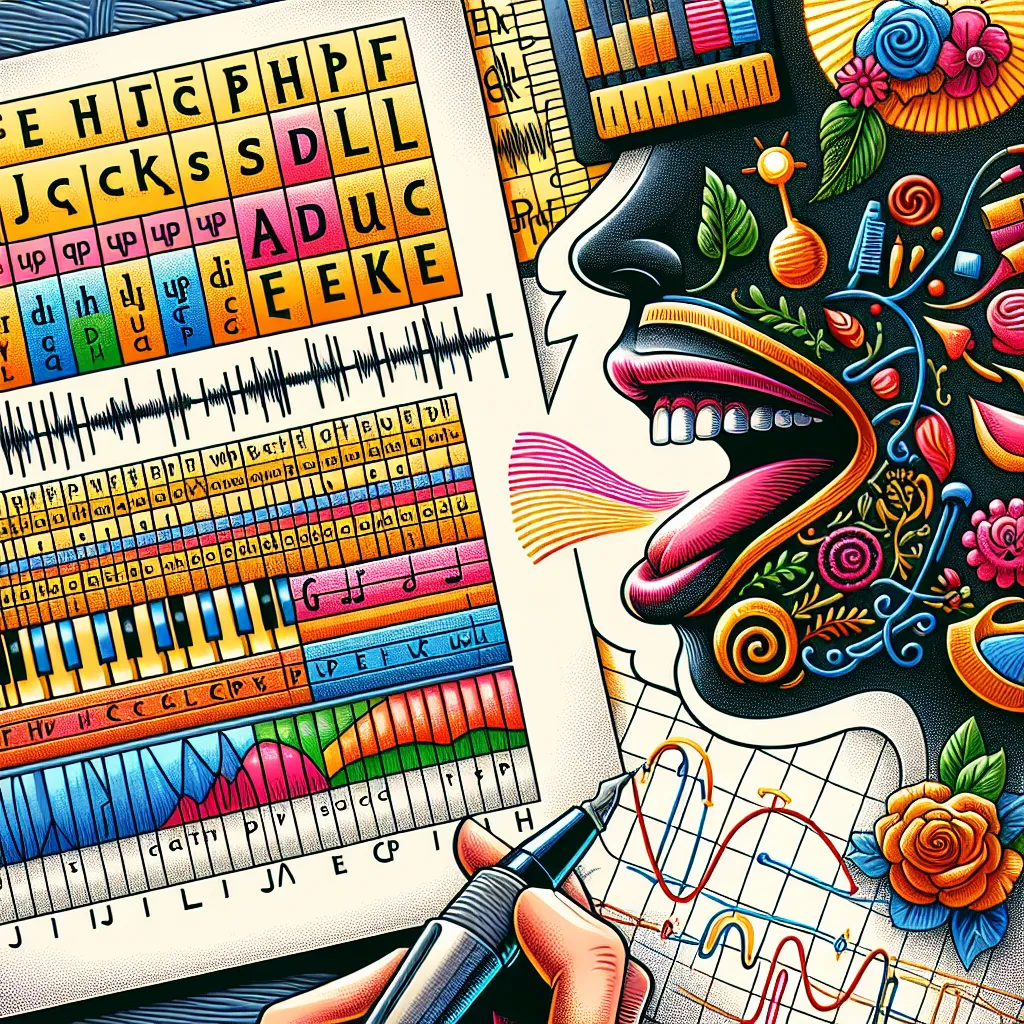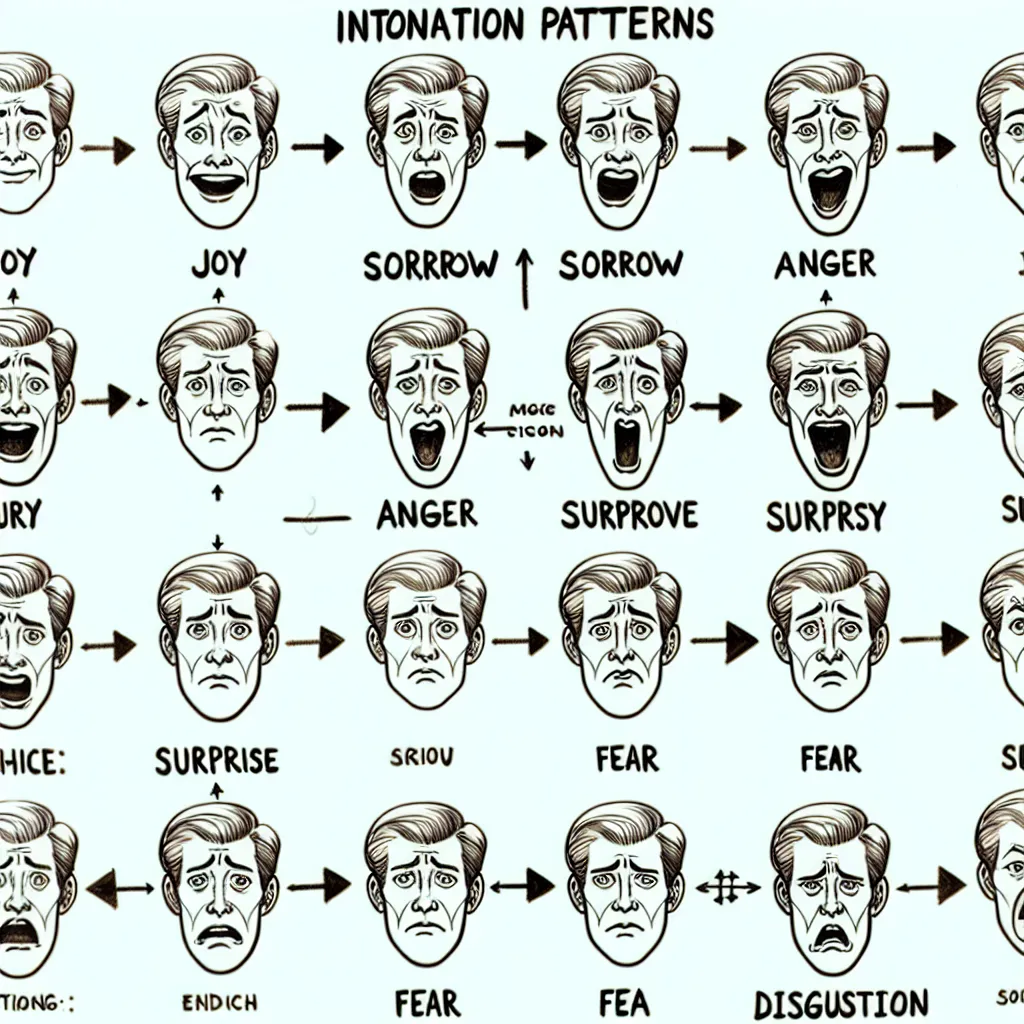Visual aids are powerful tools for improving English pronunciation. They provide concrete representations of abstract concepts, making it easier for learners to understand and remember correct pronunciation. This guide will explore various visual aids and strategies to enhance your pronunciation practice.
Understanding the Importance of Visual Aids in Pronunciation
Visual aids play a crucial role in language learning, especially when it comes to pronunciation. They help learners visualize speech sounds, mouth positions, and intonation patterns, making abstract concepts more tangible and easier to grasp.
Benefits of Using Visual Aids for Pronunciation
- Enhanced comprehension: Visual representations help learners understand complex phonetic concepts more easily.
- Improved retention: Visual information is often remembered better than verbal instructions alone.
- Increased engagement: Visual aids make learning more interactive and enjoyable.
- Self-correction: Learners can use visual cues to identify and correct their own pronunciation errors.
 Visual aids for pronunciation
Visual aids for pronunciation
Types of Visual Aids for Pronunciation Practice
1. Phonetic Charts
Phonetic charts are essential tools for learning English pronunciation. They provide a visual representation of all the sounds in the English language.
How to use phonetic charts:
- Study the symbols and their corresponding sounds.
- Practice producing each sound individually.
- Use the chart as a reference when encountering unfamiliar words.
2. Mouth Diagrams
Mouth diagrams illustrate the position of the tongue, lips, and teeth for different sounds. They are particularly useful for sounds that don’t exist in the learner’s native language.
Tips for using mouth diagrams:
- Compare the diagram to your own mouth position in a mirror.
- Practice adjusting your mouth shape to match the diagram.
- Use diagrams in combination with audio recordings for better results.
3. Intonation Curves
Intonation curves visually represent the rise and fall of pitch in speech. They help learners understand and reproduce the natural rhythm and melody of English.
How to practice with intonation curves:
- Start by tracing the curves with your finger while speaking.
- Record yourself and compare your intonation to the visual representation.
- Use apps or software that provide real-time intonation feedback.
Practical Strategies for Using Visual Aids
1. Incorporate Technology
Many language learning apps and websites offer interactive visual aids for pronunciation practice. These tools often combine audio, video, and visual elements for a comprehensive learning experience.
Recommended apps and websites:
2. Create Your Own Visual Aids
Designing your own visual aids can be an effective way to personalize your learning experience.
Ideas for creating visual aids:
- Draw mouth diagrams for challenging sounds.
- Create flashcards with phonetic symbols and example words.
- Design your own intonation curves for specific sentences or phrases.
3. Use Video Resources
Video tutorials and demonstrations can provide valuable visual cues for correct pronunciation.
Recommended YouTube channels:
Common Mistakes to Avoid
- Overreliance on visual aids: While visual aids are helpful, they should be used in conjunction with auditory practice.
- Ignoring individual differences: Not all visual aids work equally well for everyone. Experiment to find what works best for you.
- Neglecting context: Practice pronunciation in context, not just isolated sounds.
Phonemic Chart and Commonly Mispronounced Words
Here’s a simplified version of the English phonemic chart:
Consonants: p b t d k g f v θ ð s z ʃ ʒ h tʃ dʒ m n ŋ l r w j
Vowels: i ɪ e æ ɑ ɒ ʌ ɔ u ʊ ə ɜ
Diphthongs: eɪ aɪ ɔɪ əʊ aʊ ɪə eə ʊə
Ten commonly mispronounced words related to visual learning:
- Visual (/ˈvɪʒuəl/) – Often mispronounced as /ˈvɪsuəl/
- Chart (/tʃɑːrt/) – Sometimes mispronounced as /kɑːrt/
- Diagram (/ˈdaɪəɡræm/) – Mistakenly pronounced as /ˈdɪəɡræm/
- Phonetic (/fəˈnetɪk/) – Often mispronounced as /ˈfɒnetɪk/
- Intonation (/ˌɪntəˈneɪʃən/) – Sometimes mispronounced as /ˌɪntɒˈneɪʃən/
- Curve (/kɜːrv/) – Mistakenly pronounced as /kʌrv/
- Symbol (/ˈsɪmbəl/) – Often mispronounced as /ˈsɪmbɒl/
- Vowel (/vaʊəl/) – Sometimes mispronounced as /vɒwəl/
- Consonant (/ˈkɒnsənənt/) – Mistakenly pronounced as /ˈkɒnstənənt/
- Diphthong (/ˈdɪfθɒŋ/) – Often mispronounced as /ˈdɪpθɒŋ/
To correct these mispronunciations, use the phonemic chart as a reference and practice with audio resources or a native speaker.
Conclusion
Visual aids are invaluable tools for improving English pronunciation. By incorporating phonetic charts, mouth diagrams, intonation curves, and other visual resources into your practice routine, you can enhance your understanding and production of English sounds. Remember to combine visual aids with auditory practice and real-world communication for the best results.
For more tips on improving your English skills, check out our articles on how to practice English pronunciation with technology and strategies for learning English through interactive presentations.
We encourage you to share your experiences with visual aids for pronunciation practice in the comments below. What visual tools have you found most helpful in your language learning journey?




